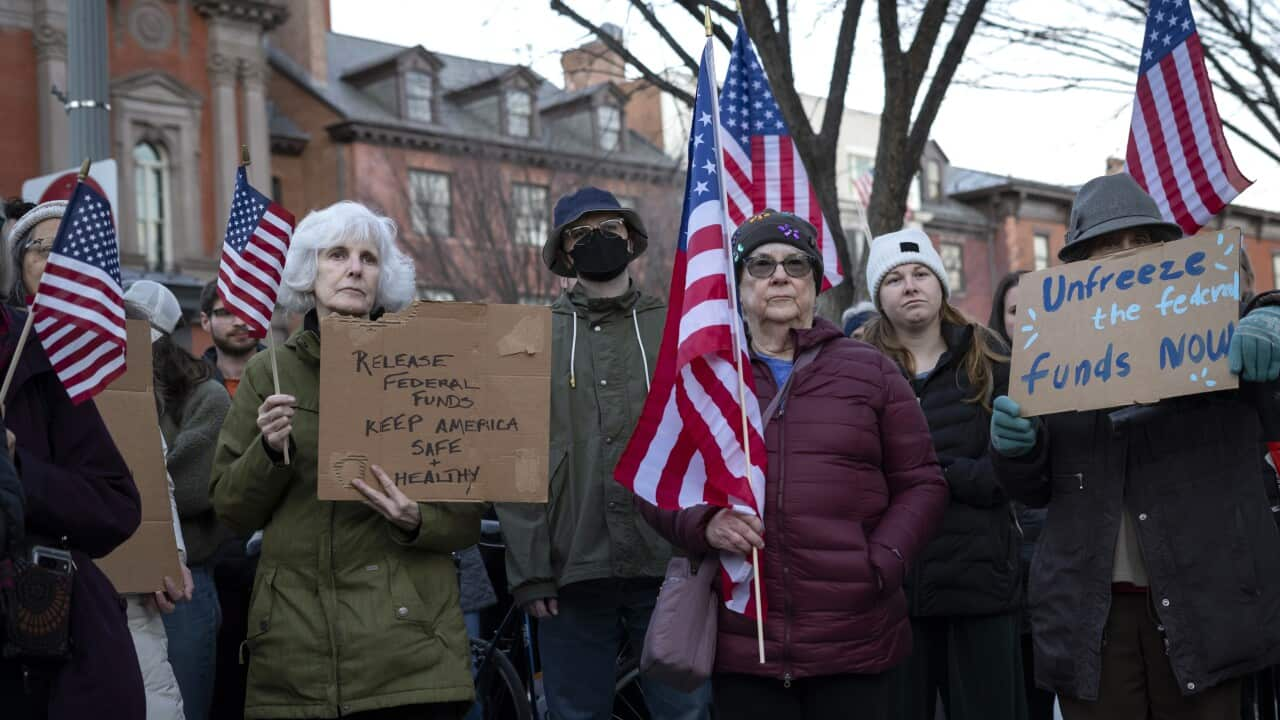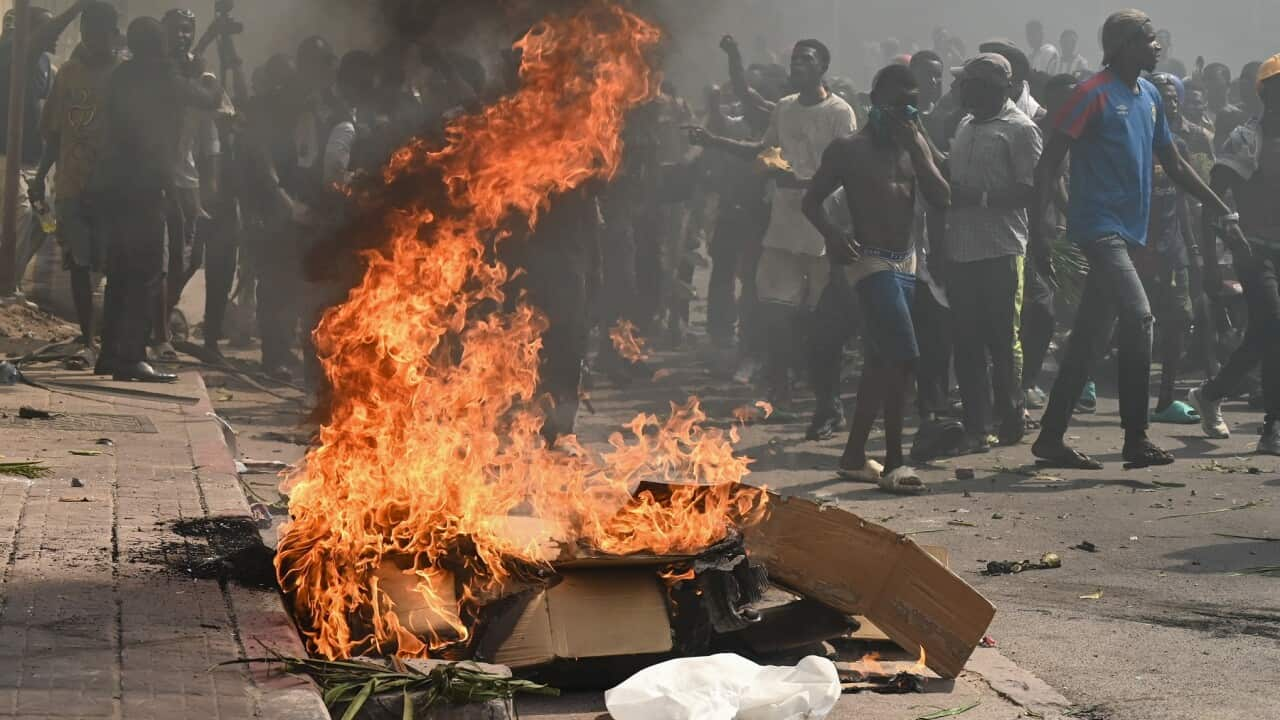TRANSCRIPT
In the Melbourne cold, Italian cuisine served along Carlton's Lygon Street is a warm comfort.
But as he's serving food to nourish the lunchtime rush, Universal Restaurant owner Angelo Mercuri says the price of energy is an increasing strain.
"Especially towards the beginning of this year we noticed a steep increase in our prices. That made us wake-up and realise we need to have a look at this. So we shopped around a bit and tried to get the best deal possible. We're a busy restaurant, a large premises, so we do use quite a lot of energy. We're open 7 days a week, 11am to 11pm so it's a lot of hours we're operating."
Mr Mercuri says his customer base of students keeps business ticking along, but he's noticed one particular demographic is less active.
"We definitely do notice when the cost of living goes up, it tends to be families that drop off first in terms of our customer base. They feel it and get hit a little bit harder. There's a little bit less money in the account to go out for dinners and that type of thing."
For families around much of the country, new data confirms a grim reality.
Compared to the previous quarter, wholesale prices increased in nearly every part of the national energy market.
South Australia rose 78 per cent, New South Wales up 86 per cent, while Tasmania and Victoria both increased - 97 and 99 per cent respectively.
Only Queensland's price fell - by 21 per cent - an anomaly attributed to milder weather and fewer outages in power generators.
This is Australian Energy Regulator Jarrod Ball.
"It's really about what's happening in the market and the tight conditions that we are seeing, particularly on the supply side. We've seen outages in networks, also ageing coal plants that has had unexpected outages. We've also seen at this time of year, as you'd expect, lower solar and wind generation. And then what happens is you've got to have higher-priced generation that comes in to fill that gap - from coal, gas-powered generation and also from hydro as well."
The Australian Energy Market Operator has also released a report, showing record demand for the June quarter.
The government says prices are still lower than when the Coalition left office, adding in a statement that the faster renewables can get into the system "the better it will be for energy bills and energy reliability."
But the opposition has criticised the government's energy policy, with Liberal leader Peter Dutton instead pushing his nuclear vision.
"Our analysis is that we can have nuclear into the system, 2035 to 2037 in the first two sites, and then we continue to roll it out from there. So just to be clear, when people talk about the phase-in period for nuclear power, you've then got to ask the government well what's the phase-in period for your baseload power? Our argument is that if you've got 90 per cent of baseload power, predominantly coal, going out of the system over the next decade, then what replaces it?"
Kylie Walker, from the Technological Sciences and Engineering Academy, says the Coalition's proposed small-scale nuclear reactors are unlikely to be built within 20 years.
"If Australia's to meet its 2050 targets of zero emissions, the only way to do that is to roll out existing, mature, renewable technologies and to do that as fast as possible. We've already got a framework, we've already got a timeline for rolling out and building that capacity. We've already proven that it's feasible for Australia. And Australia is really warm and receptive to that technology as well. We have the highest uptake of rooftop solar in the world, for example."
The Coalition's policy is yet to be costed.













